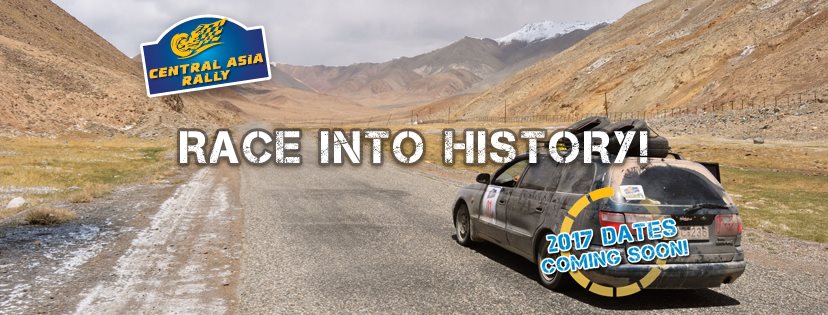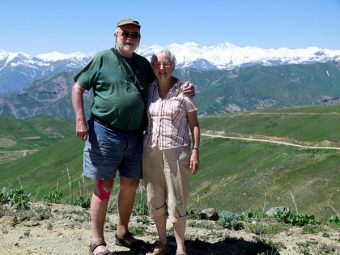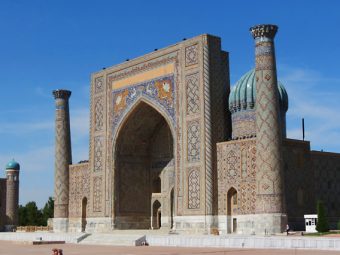And now something only for the Indy-grade dauntless amongst you, who’ll leave no nook of land uncharted when they hear of it, however remote it may be. Adventurer, meet the extra challenge of your Central Asia Rally, The Sarez Lake, created by the largest dam in the world.
Photo by Tim Griffin
It must be a natural dam then.
Correct. Sarez Lake is a young lake deep in the almost-unreachable Pamir Mountains in Central Tajikistan. I say young because it was created one freezing February night in 1911, when an earthquake, widely estimated at 7.0 on the Richter Scale, and an ensuing landslide of some 2.2 million cubic meters, brought down a huge natural barrier in a valley. It has come to be known as the Usoi Dam.
How large is it?
The dam is 3.2 kilometres (2 mile) wide, 5 kilometres (3.1 mile) long, and 567 metres (1,860 ft) high, the tallest natural dam in the world. When the earthquake and subsequent landslide hit, the destruction of mountain tracks was so complete and the area so isolated that it took six weeks for news of the disaster to reach the nearest Russian outposts.
I guess the valley was then flooded by constant meltwater and rain.
As well as by the water of the Murgab river, whose path through the valley the landslide had obliterated. It didn’t take long for the entire – fortunately completely unpopulated – valley to be filled up, creating the youngest lake in the world. It was first measured in 1913; then, it was 1.5 km wide, 28 km long and 279 km deep. But the water level continued to rise, and a year later an outflow channel that has become the Bartang river was created. But even so, the lake swelled and swelled: today, it is 3.3 km across, almost 56 km long and 500 meters deep and has a volume of a little over 16 cubic kilometers.
Wow. That’s huge.
But its very size is a constant source of worries to the Tajik government (and population), because, given it’s found in one of the most earthquake-prone parts in the world, it seems extremely likely that a future earthquake could damage or destroy the dam and release a catastrophic flash flood.
Oh no. Haven’t thought of that.
If this flood occurred, the entire volume of the lake would be pressed through the narrow valleys of Tajikistan, and destroy everything in its way, including the homes of more than five million people. It could also cause havoc the neighboring countries: Uzbekistan, Afghanistan, and Turkmenistan.
Sounds truly scary.
It does. Another threat is that filtration water has apparently created a number of cavities inside the dam, which might in time destabilize the whole dam wall. But the largest threat by far is a partially detached rock mass of three cubic kilometres at the edge of the Sarez lake, which, if it fell into the water, could put too much extra pressure on the dam, and might precipitate its collapse.
What are they doing in the way of preventative measures?
The very first thing was a monitoring system put in place on the lake in 2004 that would be affected by the destruction of the dam and warn the population in good time. But there is also an ongoing debate in the scientific community as how best to avert danger. Some say water ought to be pumped out of the lake, others advocate drilling into the Usoi dam so that water might be released in a controlled way. But thankfully, water levels and pressure seem relatively stable at the moment.
That’s good to hear. In any case, I would like to see this lake.
I thought you might. Your nearest vantage point would be the city of Rushon. Aaand I’m going to leave it to roaring road warrior you to figure your approach out from there.






Leave a Reply